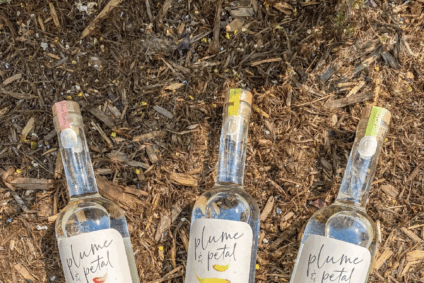The History of Absinthe Through Time!
Absinthe, sometimes known as “the green fairy,” has a fascinating, controversial, and mysterious past. For centuries, both artists and drinkers have been fascinated with this strong spirit, which is renowned for its unique green color and unique herbal tastes. Let’s take a closer look at the incredibly interesting history of Absinthe!
Swiss Origin:
The history of absinthe begins in Switzerland in the late eighteenth century. It is thought that the first authentic absinthe recipe was developed in 1792 by the French physician Dr. Pierre Ordinaire. He made a medicinal elixir by distilling wormwood along with other herbs like hyssop, fennel, and anise. Following Dr. Ordinaire’s death, Henri-Louis Pernod received the recipe and started commercial production in 1805, founding the first absinthe distillery in Pontarlier, France.
French Absinthe during the Belle Époque era:
The mid-to-late 19th century saw a sharp rise in the popularity of absinthe, particularly in France. It was a favorite beverage of Parisian writers, artists, and bohemians by the 1850s. “L’heure verte,” or “the green hour,” was even coined for the five o’clock hour as cafés brimmed with people sipping emerald-green spirit. Renowned individuals like Vincent van Gogh, Oscar Wilde, and Ernest Hemingway were noted for their use of absinthe and their appreciation of its creative properties.
Controversy and Prohibition:
Due to its high alcohol content and the presence of thujone, a compound found in wormwood that is thought to cause hallucinations and madness, absinthe gained popularity but also generated controversy. Sensationalized accounts of crimes involving absinthe and temperance movements contributed to the growth of anti-absinthe sentiment by the early 20th century. A Swiss farmer named Jean Lanfray killed his family in 1905, supposedly after consuming absinthe, which caused a great deal of outrage.
This incident, coupled with increasing pressure from different groups, resulted in the prohibition of absinthe in multiple nations. In 1910, Switzerland outlawed it; the US did the same in 1912, and France did so in 1915. Soon after, many other countries did the same, and absinthe production largely disappeared for many years.
Renaissance and Modern Times:
A resurgence of interest in absinthe occurred in the latter half of the 20th century, sparked by a growing fascination with historical spirits and cocktail culture. Many of the myths surrounding absinthe were disproved by scientific research, which also demonstrated that thujone levels in properly manufactured absinthe were safe. Regulations allowing the production and sale of absinthe with regulated thujone levels were established by the European Union in 1988.
In 2007, the United States lifted its prohibition, enabling the manufacture and importation of genuine absinthe. Nowadays, absinthe is experiencing a renaissance thanks to the production of excellent versions of the historic spirit by craft distilleries worldwide!
The longstanding popularity of absinthe can be seen by its journey from a medicinal tonic to a cultural icon and, finally, to a modern-day revival. Absinthe never ceases to captivate people who are drawn to its distinctive, legendary flavors, whether they are sipping it straight with sugar and water or using it as an ingredient in inventive cocktails.
Jamie Matherly:
https://www.icloud.com/notes/039Tmh3Mng6aW1nlzV0MmOp8w#HOME_TO-DO
https://www.icloud.com/notes/039Tmh3Mng6aW1nlzV0MmOp8w#HOME_TO-DO

